At almost 22 degrees North XTBG has some of the Northermost rainforests on the planet. Though most of the Southeast Asias larger mammals are no longer present, XTBG still hosts a diverse bat assemblage. Typically in Southeast Asian forests bats make up over 60% of mammal species, but in Tropical Chinese forests they may make up an even larger proportion of mammal fauna.
For almost two years XTBG’s landscape ecology group has been surveying the bats of XTBG every week, and now have a list of around 40 species of bats resident within XTBG. This list includes a potential new Rhinolophus species, in addition to a new record for China (Kerivoula kachinensis), and makes XTBG the most diverse bat assemblage at such a high latitude.
Yet after almost two years we are still adding new species to the list, even this week we captured the Harlequin bat (Scotomanes ornatus) for the first time. Within the list there are at least 5 species that have only been caught on a single occasion, and a number which have only been caught twice-showing the challenge of getting complete inventory in such mobile species. 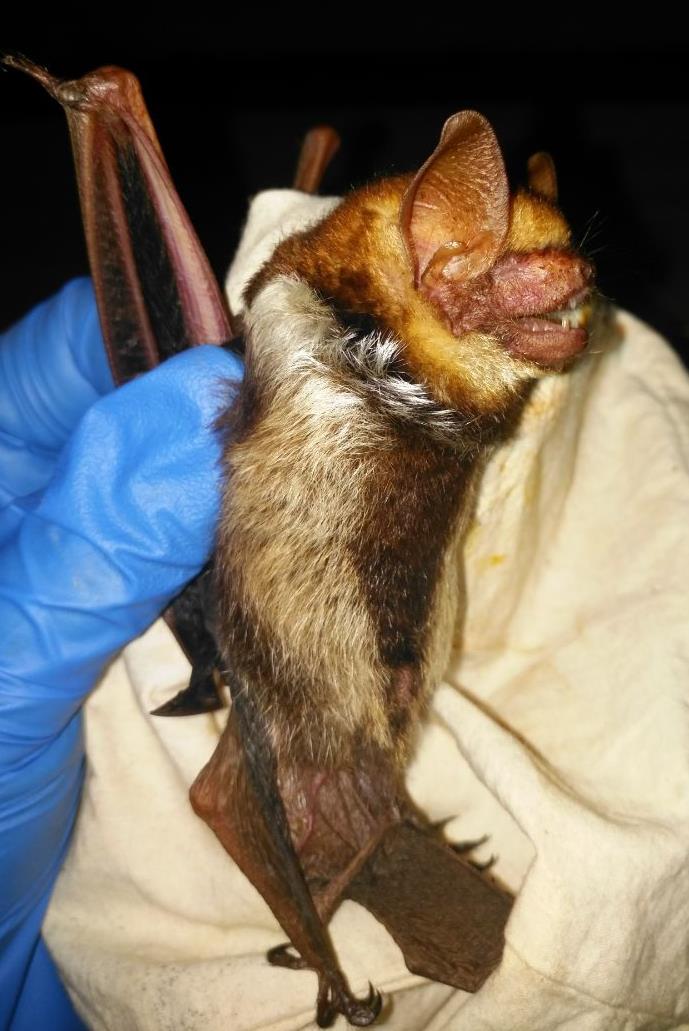
Scotomanes ornatus 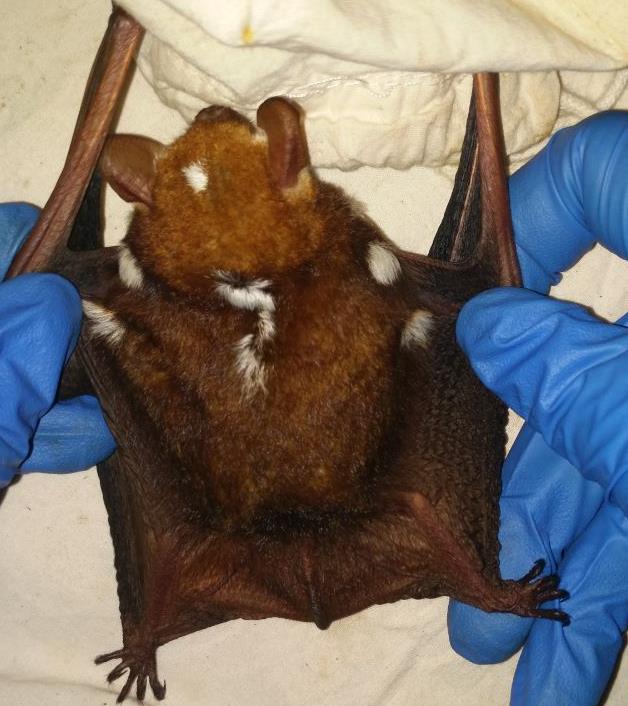
Scotomanes ornatus
We also have the first evidence of migration in bats for Southeast Asia, with a large number of species only present for a portion of the year, and many of our larger species only wintering in XTBG whilst probably spending the summer further North.
Among some of the more spectacular species in XTBG is Rhinolophus paraxadoxolophus, a bat with ears the same size as its’ body and a huge “noseleaf” (which is used to shape the sound used in echolocation). XTBG marks the Northern limit of this species distribution, and our team has caught its’ sister species Rhinolophus schnitzleri (only described in 2011) further north in Xishuangbanna. Rhinolophus paraxadoxolophus is an example of one of the many Rhinolophid (Horeseshoe) bat species in the XTBG bat community.
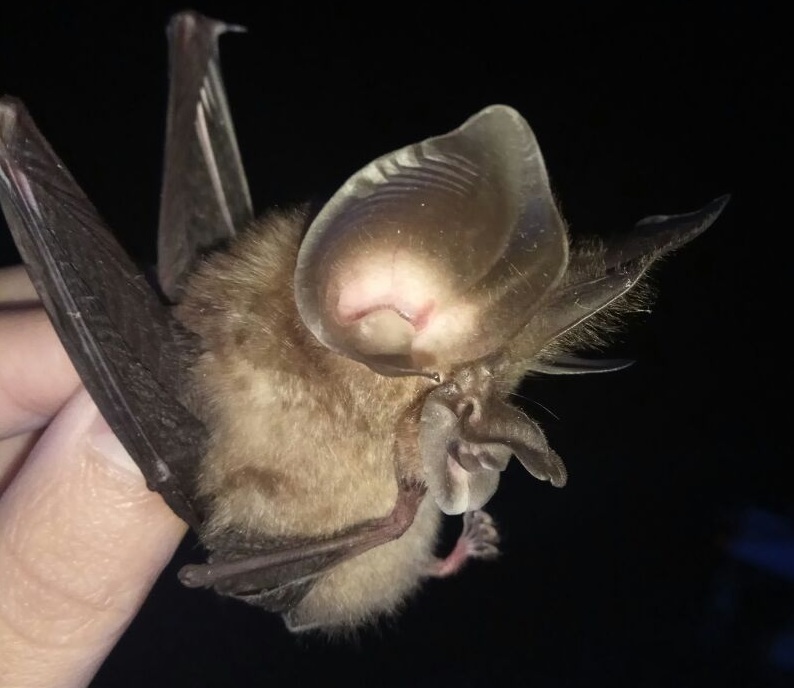
R. paradoxolophus 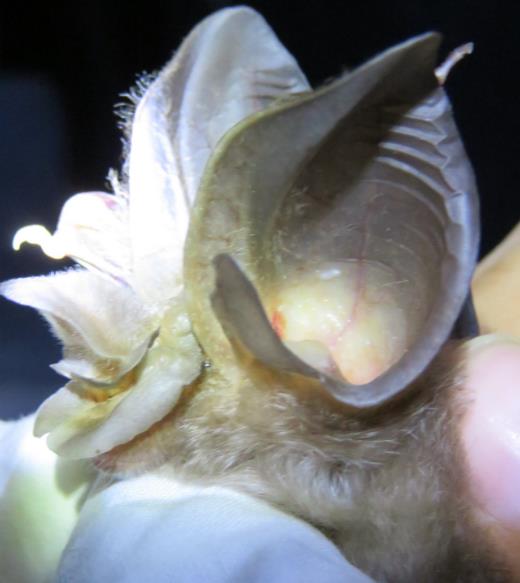
R. schnitzleri
Bats have many amazing capabilities, with lifespans of upto 40 years in the wild and a longer pregnancy relative to their size than any other mammal, resulting in an offspring of 25% of the mothers’ weight.
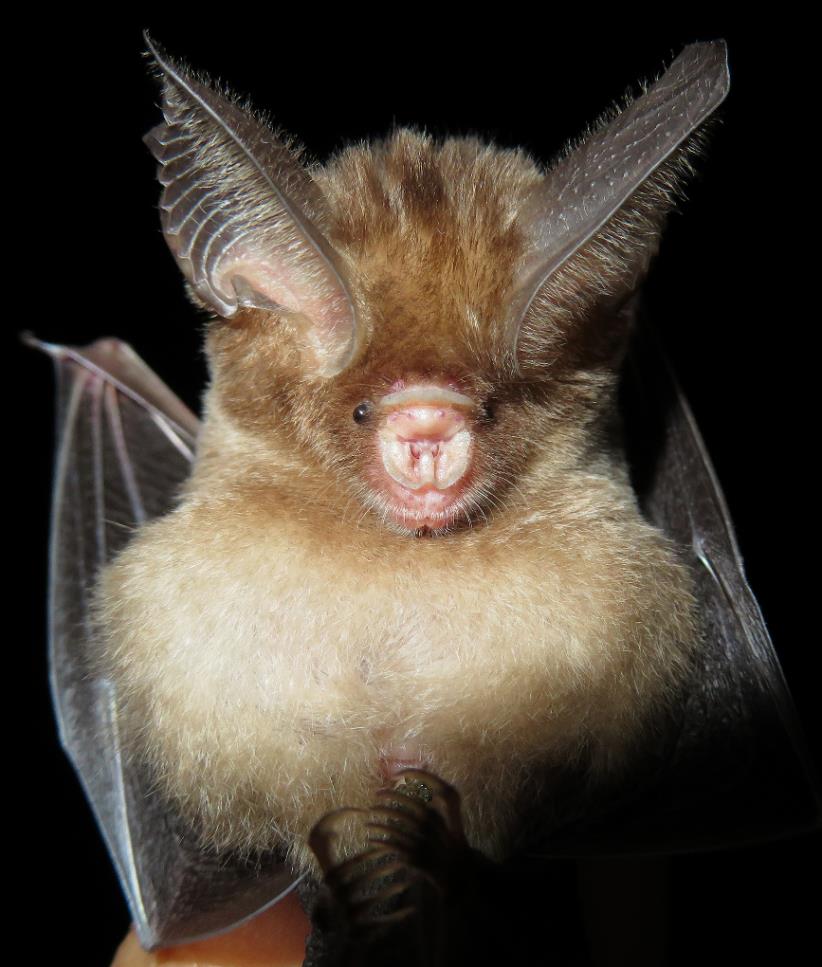
Pregnant Hipposideros pomona
Bats also deliver many important services including pollination of various plants, and seed dispersal, though the majority of species here are insectivores, including a particularly diverse community of Rhinolophids. Below are a small selection of some of XTBG’s diverse bat fauna.
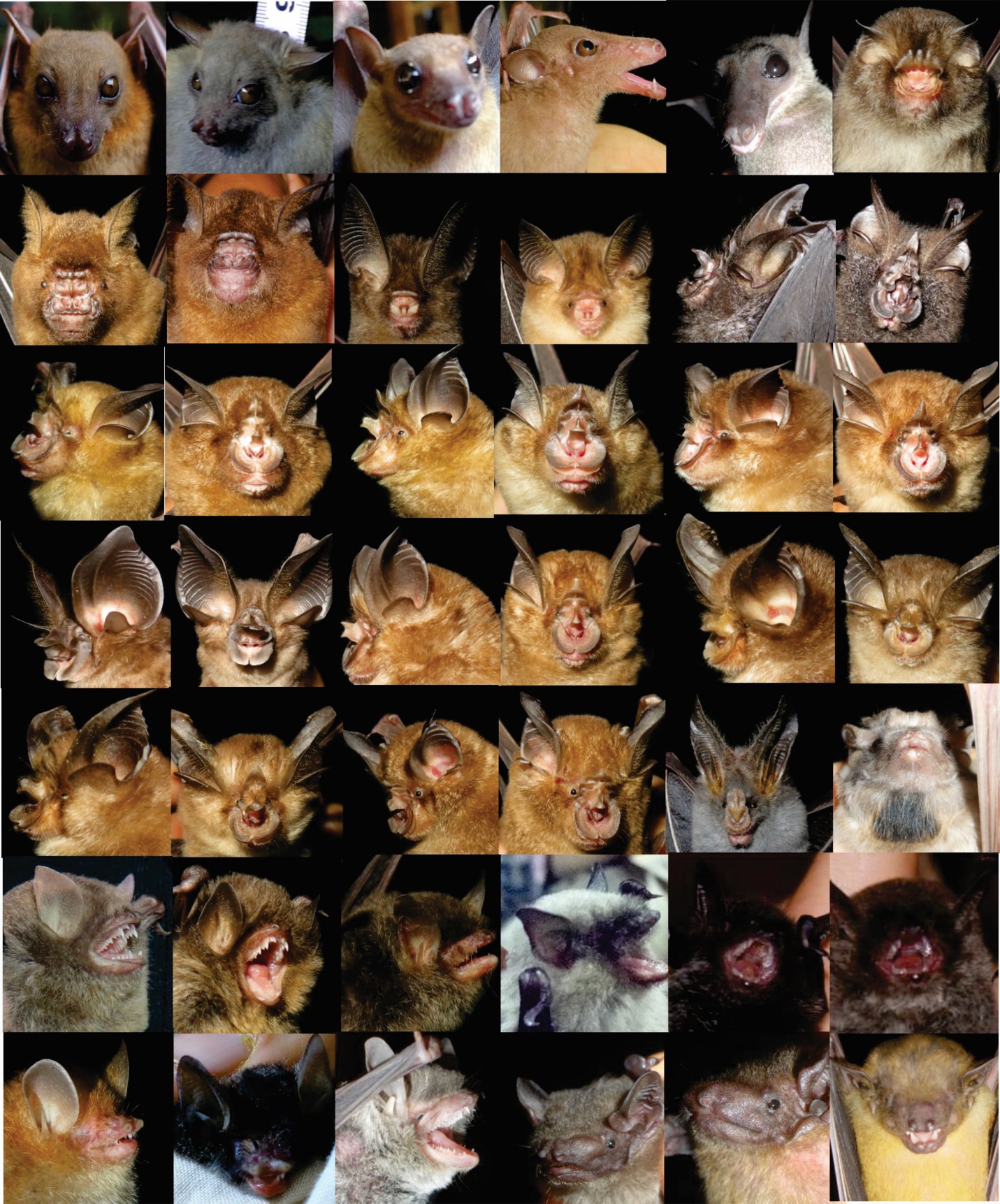
Bats of XTBG |






